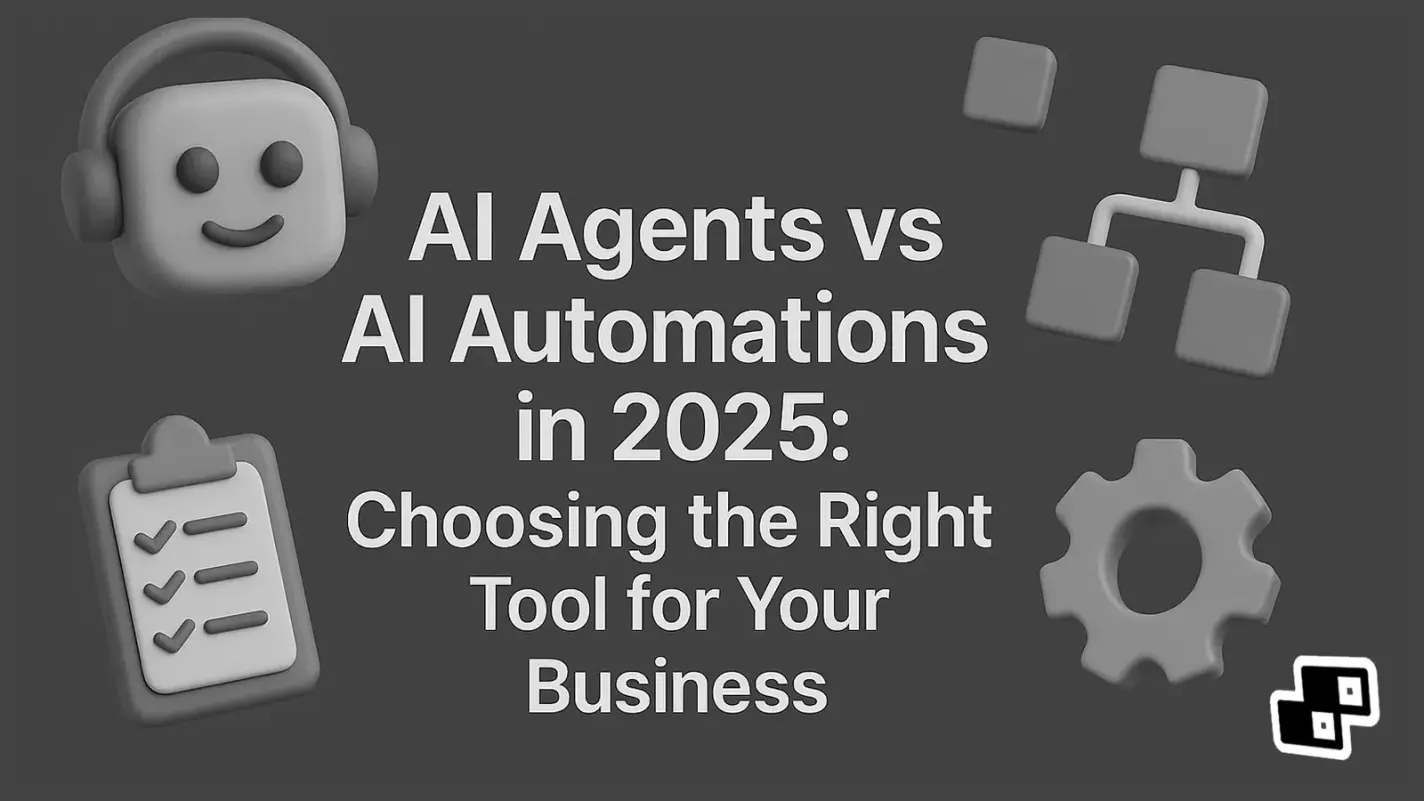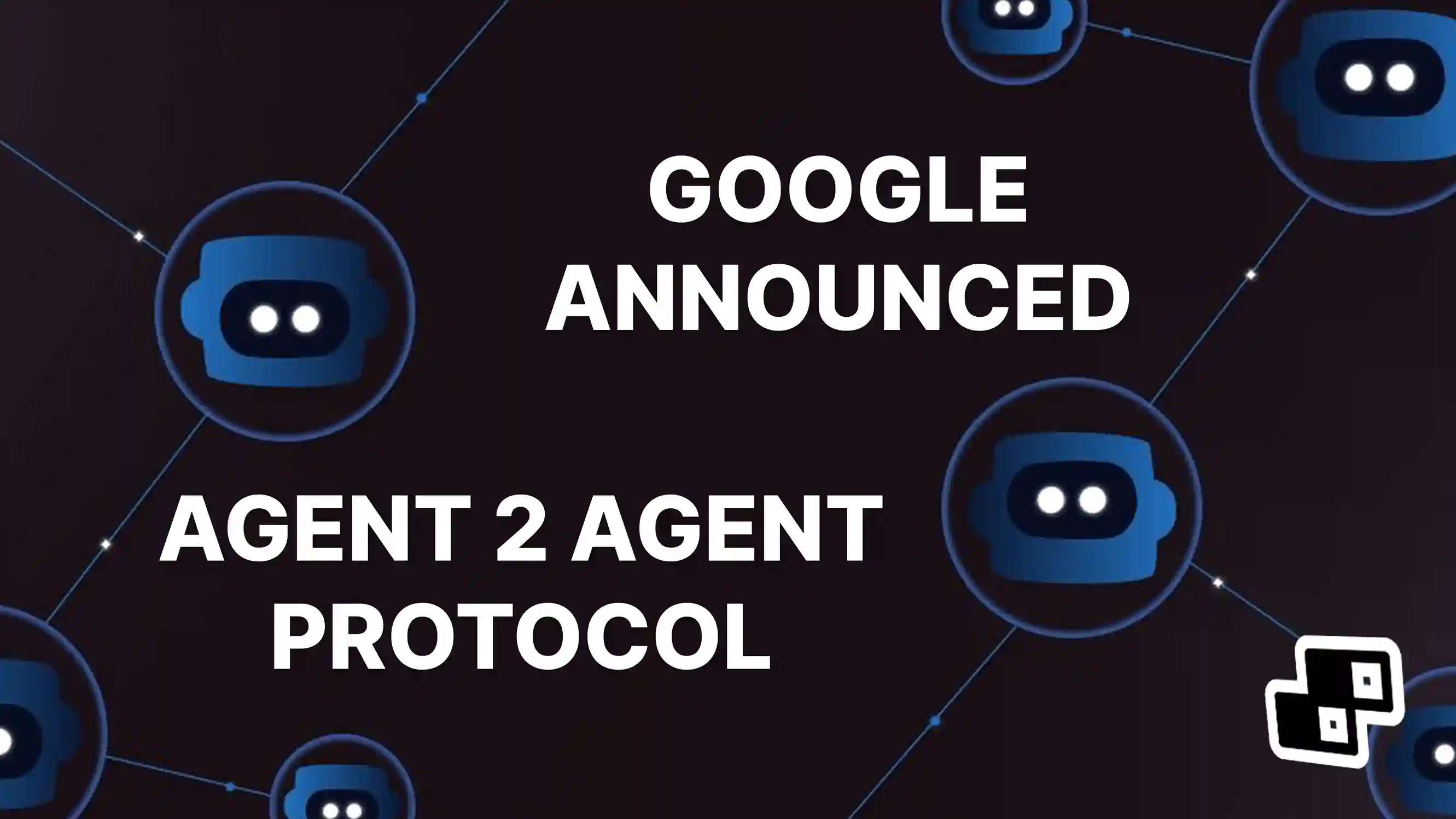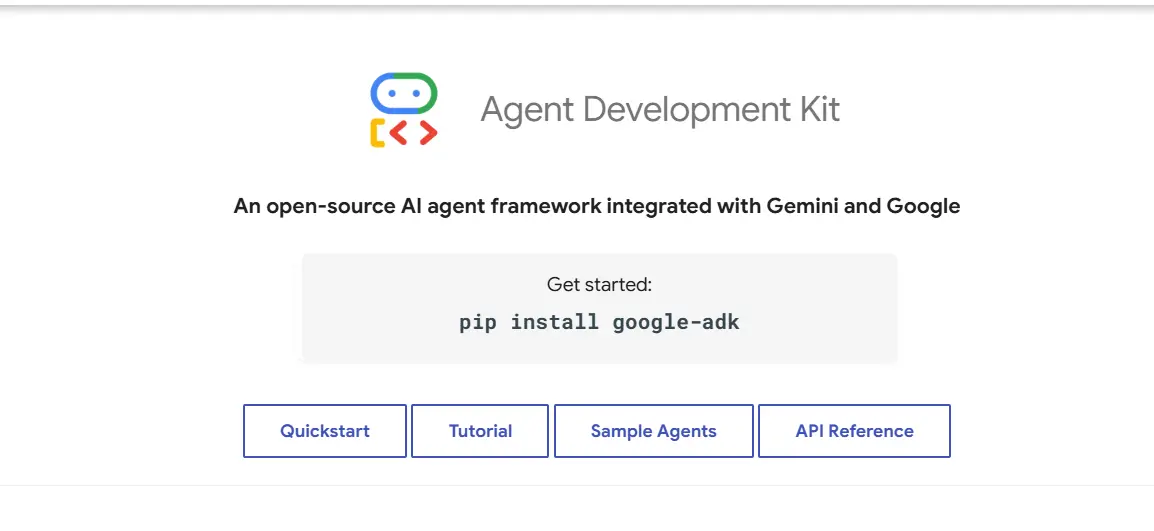AI Agents vs AI Automations in 2025: Choosing the Right Tool for Your Business

Usama Navid
AI and Automation Expert

In today's rapidly evolving AI landscape, understanding the fundamental differences between AI agents and AI automations is critical for business success. Many professionals are using these technologies interchangeably, often selecting the wrong approach for their specific business needs. This guide breaks down the key distinctions, helping you make informed decisions about which AI solution will deliver the best ROI for your organization.
The Fundamental Differences: Traditional Automation vs AI Automation vs AI Agents
Traditional Automation
Traditional automation represents conventional procedural systems with a predictable left-to-right workflow. These systems execute a trigger followed by a sequence of predetermined actions, without incorporating AI elements. Tools like Zapier and Make.com enable the creation of these linear workflows that connect different applications via APIs.
Key characteristics:
- Linear, procedural flows with predictable outcomes
- No AI components
- High reliability with near-zero failure rates
- Simple to debug and maintain
- Ideal for consistent, repeatable processes
AI Automation
AI automation builds upon traditional automation frameworks by incorporating artificial intelligence as a component within the workflow. This approach maintains the predictable flow while enhancing specific steps with AI capabilities.
Two main types:
- Standard AI Automation: AI serves as a tool within a fixed workflow, such as personalizing email content based on client data.
- Dynamic AI Automation: AI makes decisions about which path to take within a predefined set of options. For example, an email classification system that sorts incoming messages into different categories for processing.
AI Agents
AI agents represent a fundamentally different approach. Rather than following predetermined paths, agents use large language models to determine both what actions to take and in what order. They have autonomy to decide the workflow based on your request and the tools available to them.
Key characteristics:
- Autonomous decision-making about actions and their sequence
- Access to various tools they can call upon as needed
- Flexible approach that adapts to different scenarios
- Significantly more complex than traditional or AI automations
Why Traditional and AI Automations Currently Outperform AI Agents
Despite the hype surrounding AI agents, traditional and AI automation systems remain the backbone of most business operations for good reasons:
1. Reliability
Traditional and AI automations typically have a failure rate approaching zero (0.0001%), while current AI agents might fail 1-5% of the time. For business-critical processes, this difference is significant. When a company relies on a system that generates consistent revenue, even a small error rate can jeopardize the entire operation.
2. Simplicity and Clarity
The logical flow of traditional and AI automations makes them exceptionally easy to debug. When something goes wrong, you can precisely identify where in the chain the failure occurred and fix it. This clarity is invaluable for maintenance and troubleshooting.
3. Modularity
These systems are designed like Lego blocks – each piece snaps together predictably, making them easy to set up, extend, or modify. This modularity allows for versatile and adaptable systems that can evolve with business needs.
4. Consistency
For established business processes that generate reliable revenue, predictability trumps flexibility. Most successful business operations prefer systems that perform consistently rather than those with additional capabilities that might compromise reliability.
When to Use AI Agents vs Traditional/AI Automations
Choose Traditional or AI Automation When:
- The process follows a predictable pattern
- Reliability is non-negotiable (financial transactions, legal documents, high-ROI processes)
- Decisions required are clear-cut (if A, then B; if C, then D)
- You need precise control over outputs
- The process rarely changes
Choose AI Agents When:
- Creating customer-facing applications where the "wow factor" of a conversational interface adds value
- The cost of occasional errors is minimal
- Your workflow needs to adapt to a wide variety of unpredictable inputs
- You're developing support systems where flexibility is more important than perfect reliability
- You're experimenting with new processes or conducting non-critical operations
The Future of AI in Business Operations
The future will likely involve hybrid systems where traditional automations handle mission-critical operations while AI agents provide flexible interfaces for unpredictable scenarios. New protocols like Model Context Protocol (MCP) are improving agent reliability, but we're not yet at the point where agents can match the dependability of traditional automation for business-critical processes.
The good news is that investing in solid, reliable automations now doesn't preclude incorporating more advanced AI capabilities later. In fact, well-designed automations can provide a stronger foundation for future AI agent integration.
Making the Right Choice for Your Business
The most successful automation specialists understand that technical skill is only part of the equation. The real value comes from identifying high-value problems and implementing solutions that deliver genuine ROI. This means knowing when reliability is paramount (use traditional or AI automation) and when flexibility is worth the trade-off (use AI agents).
As AI continues to evolve, stay focused on business outcomes rather than being seduced by flashy new technologies. The right approach isn't always the newest or most sophisticated – it's the one that consistently delivers results for your specific business needs.
By understanding these distinctions, you'll be better equipped to leverage both established automation techniques and emerging AI capabilities to create solutions that truly drive business value in 2025 and beyond.

Usama Navid
AI and Automation Expert
Usama Navid is a contributor at Buildberg, sharing insights on technology and business transformation.
Related Posts

Agent2Agent Protocol: Google's New Framework for AI Collaboration
Google Cloud Next 2025 introduced the Agent2Agent (A2A) Protocol, a new open standard designed to revolutionize how different AI agents communicate and collaborate, regardless of their underlying models or frameworks.


Google's Agent Development Kit (ADK): A New Era for AI Agent Development
Google unveils its Agent Development Kit (ADK), a Python-based toolkit designed to revolutionize how developers build, evaluate, and deploy AI agents with seamless cloud integration.
